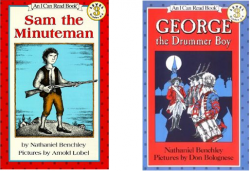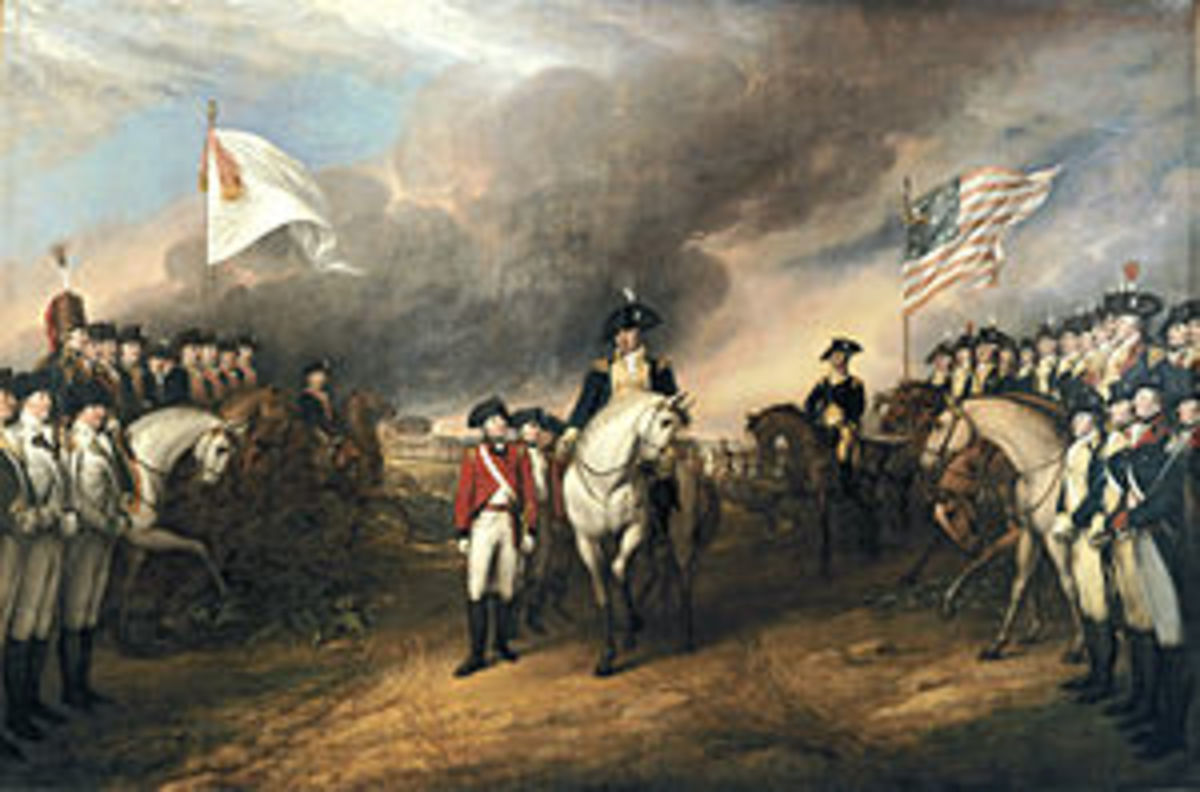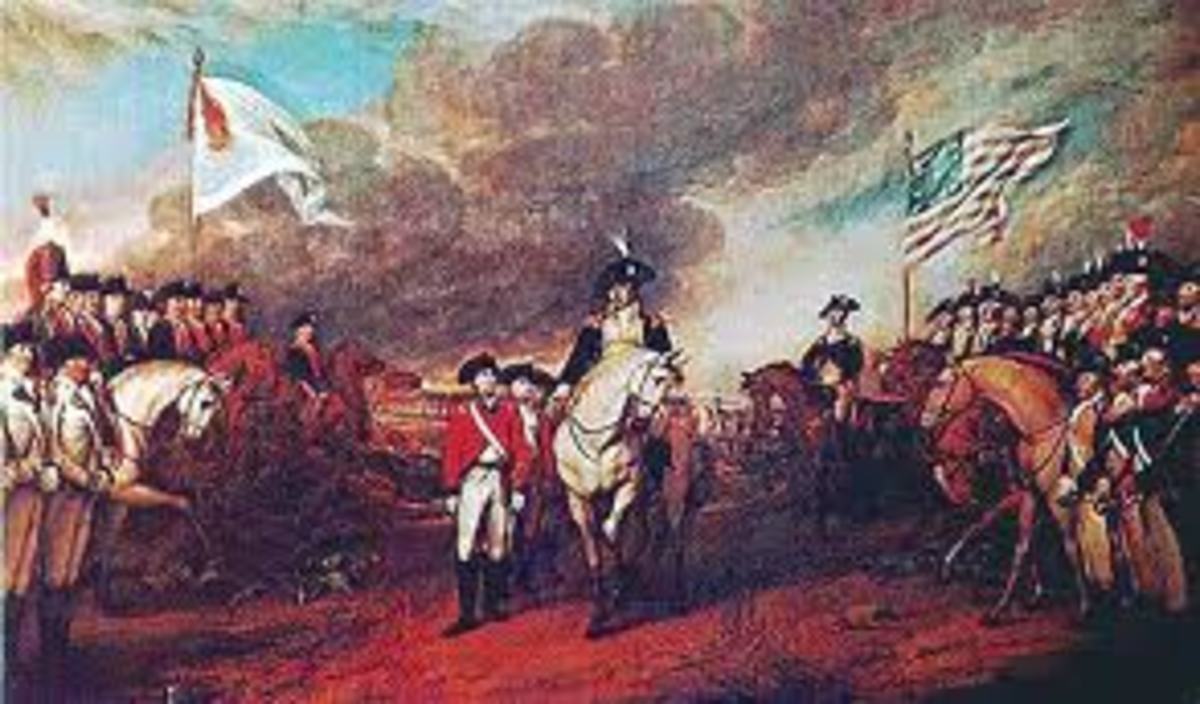Teaching children about the 4th of July

Where to Begin- Read a Story!
Have you thought about teaching your kids about Independence Day, but did not know how? You're not alone. There is a lot going on right around this special celebration that when the idea pops up for most parents, there simply isn't any time to figure out where to start the discussion, what is age appropriate for kids to know, or what the facts are.
At this age, historical fiction, rather than graphic details, may be just what you are looking for. The publisher, HarperTrophy, has a series of books that introduce important topics that are easy to read and understand for most children. The series is called An I Can Read Book.
Sam the Minuteman
The Colonist's Viewpoint
Sam the Minuteman is An I Can Read Book designed for 2nd-4th grade readers. However, I think it would make a great bed time story because there is adventure, intrigue, as well as an introduction to the Revolutionary War.
As you may have guessed, the main character is Sam. His family are colonists in Lexington, Massachusetts. The story talks about the work they do on their farm so that they can live. The reader also learns about the riots and discontentment among the colonists. Some of the vocabulary comes from the time period. An example is the name the colonists gave the British soldiers: Lobster Backs, which comes from the color of the soldiers' uniforms.
The adventure begins when Sam's family wakes up in the middle of the night. There are bells ringing. What could it be? Sam and his father dress quickly, grab their guns and leave the house. Sam isn't actually a minuteman, but he's the reader's eyes and ears. Sam is scared. It is dark and cold outside.
When they arrive at the meeting house, they learn from Paul Revere that the British wanted their weapons and gun powder. They make plans to keep everything hidden.
As the story progresses, we learn that Sam isn't the only boy along for the journey. Sam's friend, John Allen, is there, too. They wonder if the British will really come because the drumming fades. They stay together as the British soldiers march toward them, getting louder and louder. Eventually, they come into view, appearing like a sea of red because there are so many compared to the 80 minutemen.
I don't want to spoil the rest of the story. Rest assured, there are no gory scenes and the reader knows that Sam wishes that there didn't need to be a war. The two most alarming details of the story is when John gets shot in the leg, but is ok, and that there were 8 minutemen who lost their lives. I believe the author's intention was to introduce the beginning of the Revolutionary War to young children. He wanted them to know that it was a scary, but important time. Nathaniel Benchley, the author, wrote it in a very friendly tone.
Three of my sons read this book as 2nd graders and enjoyed it. One of my sons, who will be in 2nd grade soon, read it for the first time in the last week or so. My oldest son, who will be in 7th grade in the fall, saw him read it and said it was one of his favorite books when he was younger.
George the Drummer Boy - The British Point of View
George the Drummer Boy is another book from the An I Can Read Book series and is also designed for 2nd-4th graders. I am very happy that Nathaniel Benchley, the author of George the Drummer Boy and Sam the Minuteman, chose to write from the British viewpoint because there are always two sides to every story.
The story has a similar pattern to Sam the Minuteman. It starts off by introducing George, a drummer boy for the King's army. But, instead of working on a farm, the army is undergoing special training and repairing boats.
George has a friend named Fred, who is with George throughout the story. Both boys weren't loyal colonists, but appear to be from England. The reader learns that George wanted to be friends with the colonists, but was greeted by rock throwing and shouting.
At one point in the story, the King's army gets up in the middle of the night to search for the colonists' weapons and gun powder. They travel by boat. It's cold. George is scared. When the get to Charlestown, they have to wade in knee deep water, then stand around freezing for 2 hours. Finally, they get to march.
Cannons echo in the countryside along with church bells, presumably the bells that Sam heard in Sam the Minuteman. George hopes there is no battle. Major Pitcairn orders the minutemen to disperse. Shots ring out and the battle begins.
Some of the scenes, illustrated by Don Bolognese, show the minutemen hiding alongside the road. The minutemen are not in the open nor were they lined up like the British soldiers, which makes George even more scared because they surrounded him and were harder to see.
Similar to Sam the Minuteman, one of the characters is shot. This time, it is in the arm. Also mentioned are the 80 minutemen casualties. Other than that, the gory details that could have been included in this story story were not included.
As I said earlier, having both points of view is very important when teaching about an event as important as the Revolutionary War. My boys also enjoyed reading this story because they wanted to know everything about the war. George the Drummer Boy does a good job of starting the discussion about the Fourth of July without including details innocent minds should avoid. I recommend it as a great history lesson for homeschooling or a great read at bed time.

I look forward to reading what you have to say about these books as well as other ways to teach children about the reason why we celebrate the 4th of July.








